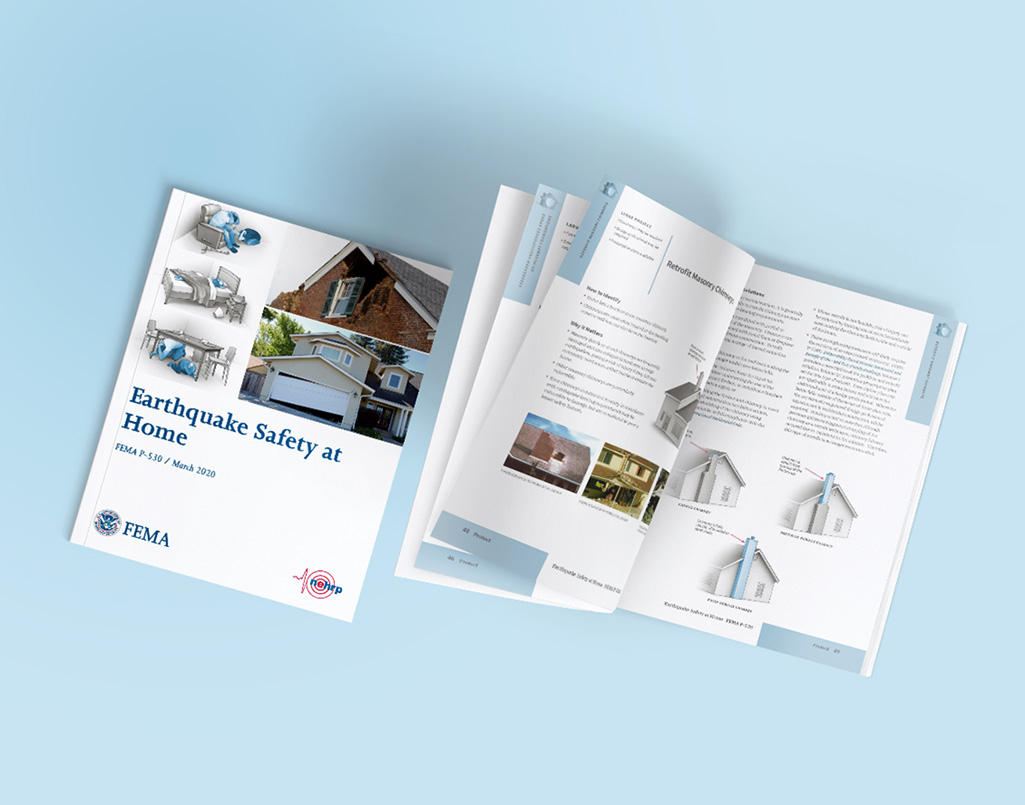Earthquake and Wind Programs Branch Civil Engineer Pataya Scott, PhD shares more about the work FEMA does to improve building codes and standards.
After the devastating earthquakes in Turkey and Syria last month, you may have wondered: in a similar event, what would have happened to buildings in the United States?
For more than 40 years, FEMA has worked with our partners to improve building codes and standards, as well as advance their adoption and enforcement across the nation. While these improvements are significant, there are still older buildings in our country that are at risk of collapse during an earthquake.
More work is needed to avoid the kind of regional disaster Turkey and Syria are experiencing after the magnitude 7.8 and 7.5 earthquakes. Many existing buildings in the United States are likely to perform poorly in earthquakes because they are built to outdated standards or, in some cases, no standards at all. These buildings remain vulnerable to collapse in seismic regions like Alaska, the Pacific Northwest, California, Hawaii, the Rocky Mountains, the New Madrid region, South Carolina, the Eastern United States, Puerto Rico and Oklahoma.
To explore how these areas would be affected during a major earthquake event, you can use FEMA’s Hazus Loss Library. This tool demonstrates the cost of life and severity of damage that would happen in earthquake events similar to those in Turkey and Syria. While the numbers presented in these scenarios might be less than what those regions endured, they still represent a significant risk and enforce the need for the nation to improve its built environment.
Modern codes and standards are only effective if they are properly enforced. Turkey is known for having a current building code, similar to many parts of the United States, but implementation has historically been an issue. Regional differences in code adoption and enforcement mean that some communities may not benefit from the protection offered by stronger codes. Ongoing advocacy for both code adoption and enforcement is still needed.
FEMA is always focused on improvements. We look at the latest lessons-learned information, new science and technology. We also collaborate with many government sectors to address and mitigate a community’s risk with existing buildings. This work includes improved methods for risk assessment, prioritization and retrofit, as well as support for developing and adopting effective mitigation policies and practices, which could include replacing with new buildings.
New attention on post-disaster response and recovery has suggested that emphasis on building collapse prevention may not be enough. Disaster-resilient communities need buildings that can be occupied following a hazard event and provide functions and services necessary for meeting essential community needs and maintaining economic vitality. This means buildings that not only stand strong after an earthquake but still allow residents to safely use things like running water and electricity.
FEMA’s National Earthquake Hazard Reduction Program is focused on activities that support improved community resilience. Those efforts are outlined in a recent report to Congress (NIST-FEMA Special Publication FEMA P-2090/NIST SP-1254, Recommended Options for Improving the Built Environment for Post-Earthquake Reoccupancy and Functional Recovery Time) and are only just beginning.
There are many actions you can take on a personal level to improve your own community’s earthquake resilience.
- Practice Safety Drills. Since earthquakes can happen without notice or warning, be prepared by practicing Drop, Cover, and Hold On with family and coworkers.
- Make an Emergency Plan. Create a family emergency communications plan that has an out-of-state contact. Plan where to meet if you get separated. Make a supply kit that includes enough non-perishable food, water and medications for several days, a flashlight, a fire extinguisher and a whistle. Prepare for pets and service animals, too.
- Protect Your Home. Secure heavy items in your home like bookcases, refrigerators, water heaters, televisions and objects that hang on walls. Also consider obtaining an earthquake insurance policy since a standard homeowner’s insurance policy does not cover earthquake damage.
- Receive emergency alerts and warnings by downloading the recently updated FEMA App.
- Visit Ready.gov or Listo.gov today and practice making an earthquake plan with your families.
For more information on how to protect your community from earthquakes, visit www.fema.gov/emergency-managers/risk-management/earthquake.


